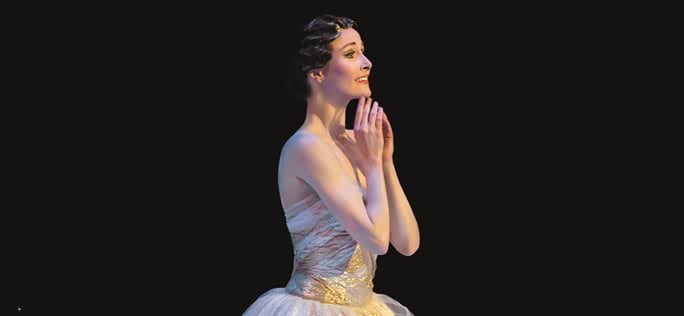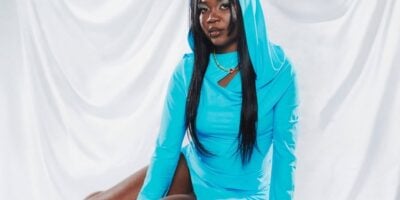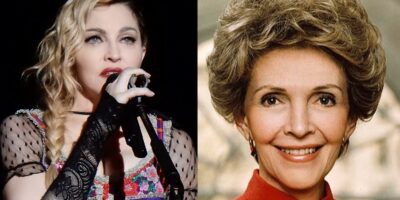Sleeping Beautyis one of the iconic ballets,” says David McAllister, artistic director of The Australian Ballet. “It is the ultimate beauty.” McAllister’s reimagining of one of the world’s best-loved ballets is the crown of the flagship ballet company’s 2015 season, dubbed ‘A Year of Beauty’.
Next year dance lovers will see, along with The Sleeping Beauty, productions of other traditional ballets including Swan Lake (directed by Graeme Murphy), Giselle and Cinderella. The Year of Beauty will also include a night of modern ballet, 20:21, with a world premiere by resident choreographer Tim Harbour presenting two significant 20th century works, Balanchine’s Symphony In Three Movements and Twyla Tharps’ In The Upper Room.
As for The Sleeping Beauty, this much-anticipated production of Tchaikovsky’s major work will see its world premiere in Melbourne next September before arriving in Sydney. “It’s an iconic classic,” says McAllister. “People want to see it. It’s been on my mind a long time. I’ve come a long way and I feel like I know what I want to do with it.
“It’s my first full-length choreography,” he continues. “There was a beautiful ’80s production from The Australian Ballet, but we hadn’t really nailed it yet. We needed to do something new. Sleeping Beauty can become one of those dances which are always about the steps. With our 2015 production we’re moving it along a bit, moving it forward for modern audiences. The dramatic elements are now more to the front and the centre of the dance. Our show is about telling the story, about the drama in the dance, so it’s about the story as much as it’s about the choreography.”
Along with story and dance, McAllister says design will be an important element in his production. “Sleeping Beauty is always staged in an opulent ‘big’ way; always known for its outrageous and lavish designs. Diaghilev’s production for the Ballets Russes in the 1920s sent the company broke. Gabriela Tylesova is our designer and we’re on the same wavelength. I sent her images, wrote the whole synopsis; she did her own research, now it’s even better than I thought it would be, filled with the magical majesty of the dance. It’s all set in the 1700s, 1900s, the whole baroque period – it’s really appealing and engaging.”
The Sleeping Beauty is famously demanding of its principal ballerina. “This is an incredibly difficult dance for ballerinas; it’s physically one of the most demanding of roles,” McAllister says. “Principal artist Lana Jones is the right one for this dance at this moment. She has an incredible attack, an incredible dynamic technique.”
Speaking to the BRAG, Jones says it’s a great honour to be asked by McAllister to dance Aurora. “David McAllister really knows his ballet. He’s an extraordinarily gifted choreographer. He’s got his own vision for this piece.”
What makes The Sleeping Beauty so difficult? “There’s a lot of dancing, a lot of balancing on one leg and moves like that,” says Jones. “The audience can see it if you’re not up to it. I could even say it’s frightening.
“I have performed it before,” she adds. “Now that I’ve got more experience, I have more to bring to the role. Aurora is only 16. I bring a fragility and innocence to the character.”
Jones attributes her success to a mix of natural talent and hard work. “You have to have natural talent to get this far in ballet. That’s the nature of it. I often get asked to do the difficult parts. And of course, sheer hard work! I try to be the best dancer I can.” Even though the actual production is a year away, preparing for it is almost dominating Jones’ life. “I am just going to stay in the bubble till then,” she says.
Details and tickets for The Australian Ballet Season 2015 are available online.

































